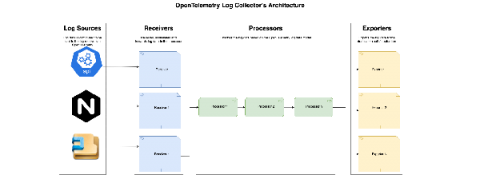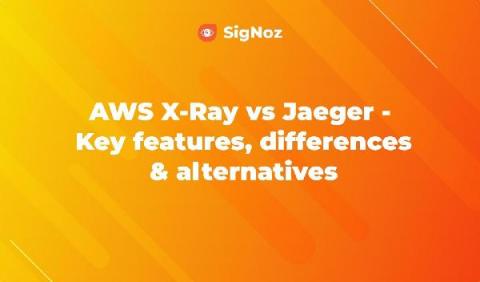Operations | Monitoring | ITSM | DevOps | Cloud
Tracing
The latest News and Information on Distributed Tracing and related technologies.
AppDynamics supports AWS Distro for OpenTelemetry (ADOT) general availability for traces 1.0
We're excited to help our customers further leverage the benefits of OpenTelemetry via integration with AWS Distro for OpenTelemetry (ADOT) for traces 1.0.
Getting Started with OpenTelemetry and VMware Tanzu Observability
Modern application architectures are complex, typically consisting of hundreds of distributed microservices implemented in different languages and by different teams. As a developer, SRE, or DevOps engineer, you are responsible for the reliability and performance of these complex systems. But while you might have metrics that will help you debug when there’s an issue, metrics alone can’t help you narrow down and ultimately identify the root cause.
observIQ Cloud and the OpenTelemetry Collector
Our log agent is powerful, efficient, and highly adaptable. Now, with OpenTelemetry setting new standards in the observability space, we wanted to incorporate that collaboration into our log agent and offer our users the ability to take advantage of the OpenTelemetry ecosystem. Starting today, you can upgrade the log agents in your observIQ account to the new Open Telemetry-based observIQ log agent with a single click.
Morgan McLean on Splunk's Enthusiasm for OpenTelemetry
How Refinery Helps With Sampling Complex Event Data
Sampling is the practice of extracting a subset of data from a dataset to make conclusions about that larger dataset. It’s far from a perfect solution, but when it’s implemented with Refinery, Honeycomb’s trace-aware sampling proxy, sampling can help you manage very high volumes of complex event data.
What Is Distributed Tracing and Why You Need It
It is no surprise that monitoring workloads are top of mind for many organizations to ensure a successful customer experience. As our applications become more distributed and cloud-native, we find that monitoring can become more complex. A single user transaction fans out to interact with tens or hundreds of microservices, each one requesting data from backend data stores or otherwise interacting with each other and other parts of your infrastructure.
AWS X-Ray vs Jaeger - key features, differences and alternatives
Auto-Instrumenting Ruby Apps with OpenTelemetry
In this tutorial, we will go through a working example of a Ruby application auto-instrumented with OpenTelemetry. To keep things simple, we will create a basic “Hello World” application, instrument it with OpenTelemetry’s Ruby client library to generate trace data and send it to an OpenTelemetry Collector. The Collector will then export the trace data to an external distributed tracing analytics tool of our choice.











